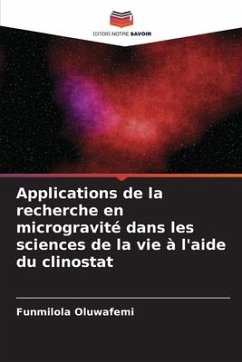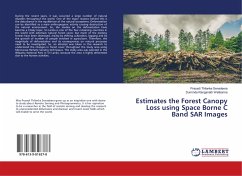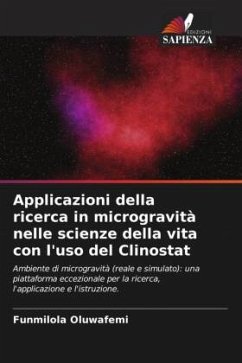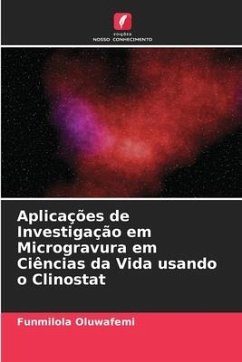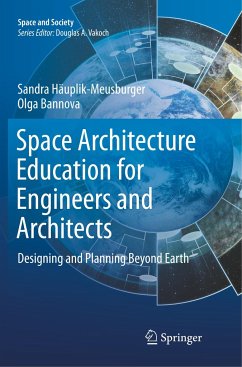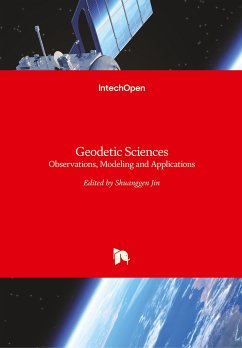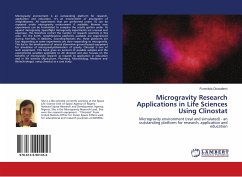
Microgravity Research Applications in Life Sciences Using Clinostat
Microgravity environment (real and simulated) - an outstanding platform for research, application and education
Versandkostenfrei!
Versandfertig in 6-10 Tagen
27,99 €
inkl. MwSt.

PAYBACK Punkte
14 °P sammeln!
Microgravity environment is an outstanding platform for research, application and education. It's an environment of assumption of weightlessness. All experiments that are performed under 1G can be repeated under microgravity environment if available, likewise new experiments can be formulated to compare the results gotten under 1G against microgravity. Space ight microgravity experiments are unusual and expensive, this therefore restrict the number of research scientists in this area. On the Earth, weightlessness platforms available are experienced during free-falls, in Balloons, Sounding-Rock...
Microgravity environment is an outstanding platform for research, application and education. It's an environment of assumption of weightlessness. All experiments that are performed under 1G can be repeated under microgravity environment if available, likewise new experiments can be formulated to compare the results gotten under 1G against microgravity. Space ight microgravity experiments are unusual and expensive, this therefore restrict the number of research scientists in this area. On the Earth, weightlessness platforms available are experienced during free-falls, in Balloons, Sounding-Rockets etc; these platforms are fast responding as some experiments are slow responding to microgravity. This led to the development of several alternative ground-based equipment for simulation of microgravity/elimination of gravity. Clinostat is one of such equipment. This book gives an account of possible samples and the experimental variables applicable to 2D clinostat and also focuses on the benefits of microgravity research as regards its application in education and in life sciences (Agriculture, Pharmacy, Microbiology, Medicine and Biotechnology): using clinostat as a case study.



